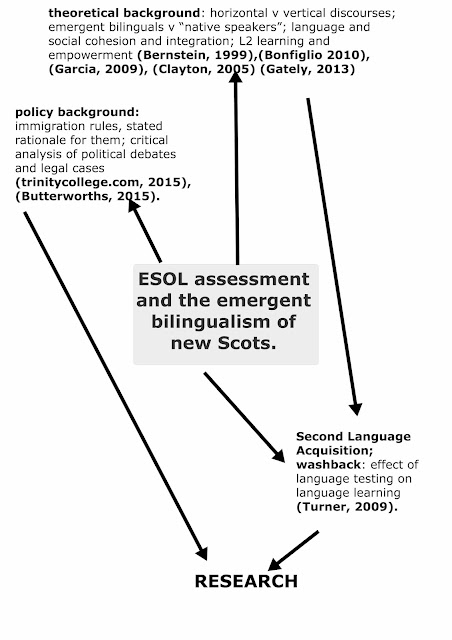Final Post of 2015

That's the NW bed, with its new fence. Remember, all of this, the whole perimeter, will be hedgerow a few years from now, so it needn't be Hadrian's Wall in terms of durability. The bit of actual fence you can on the far left of the photo is the old fence. It's got another year or two in it, just, so it'll just have to do, and it can quietly rot away as the hedgerow grows into it. Next to the old fence, I've got a couple of pallets, wired into place, (the whole structure is held together with bit of wire), topped of with the smaller of the rectangular wire grids, and then a strand of barbed wire. Running down to the big Council fence at the end, the rest is made up of more of those rectangular grids, all sizes, fixed with more wire to both metal and wooden posts hammered into the ground. Behind the fence you can see the common raised beds area, with apple trees planted just a couple of feet back from the boundary. There's been work going on there, I don











